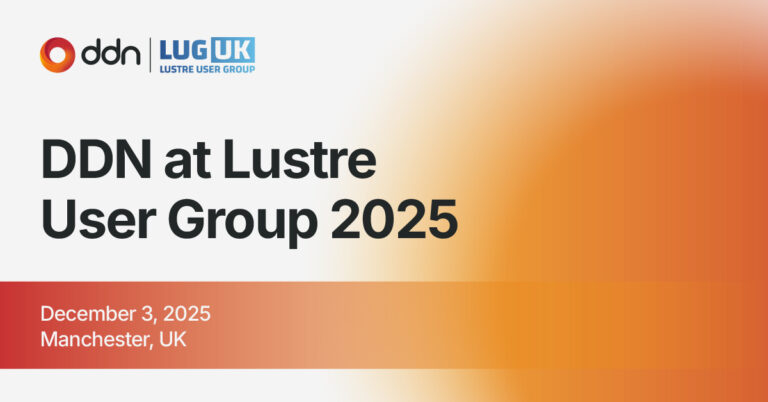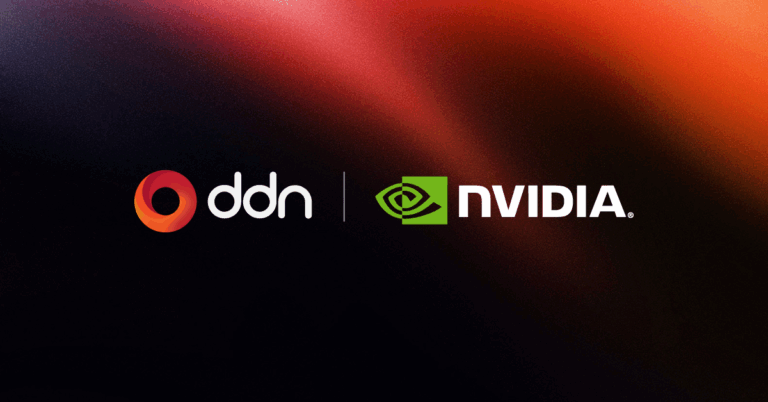Executive Summary: AI Infrastructure and Data Intelligence for the Enterprise
In the race to dominate artificial intelligence, most headlines focus on algorithms and the growing competition among foundation model providers. But beneath the surface of every AI breakthrough lies a deeper truth: success hinges not just on code, but on the hardware that fuels it.
According to Deloitte’s 2025 Tech Trends report, we are entering a new era where “hardware is eating the world—again.” This time, it’s not about smartphones or cloud computing; it’s about a specialized, evolving ecosystem of AI-optimized hardware that promises to redefine what’s possible in enterprise AI. The implications for CIOs, CTOs, and enterprise architects are clear: building future-proof AI capabilities means reimagining your infrastructure from the silicon up.
From General-Purpose to Purpose-Built: The AI Hardware Evolution
For years, enterprises thrived on general-purpose computing. CPUs, standard servers, and broad cloud platforms were good enough for most workloads. But as AI models grow in size, scope, and specialization, that one-size-fits-all approach is showing its limits.
As Deloitte notes, “AI and simulation workloads are pushing the boundaries of traditional computing.” This pressure has catalyzed a massive shift toward domain-specific architectures (DSAs), processors, systems, and accelerators tailored to narrow sets of tasks. Examples range from Google’s TPUs to Apple’s neural engines, and industry-specific solutions in healthcare, automotive, and finance.
Why the shift? Because the demands of today’s AI workflows, particularly in training large models and running inference at the edge, require compute environments optimized for throughput, parallelism, energy efficiency, and low-latency data access. General-purpose hardware simply wasn’t built for that.
As Deloitte observes, we’re seeing “a proliferation of specialized hardware,” not only among tech companies but across sectors where competitive differentiation increasingly depends on AI performance. Enterprises are no longer just buyers of infrastructure—they’re becoming architects of custom silicon strategies.
The New AI Stack: Hardware as Strategic Differentiator
In this changing landscape, hardware is no longer an invisible layer. It is the foundation of competitive advantage.
Deloitte’s research highlights how enterprises are reevaluating the full stack, from chipsets to how cloud architecture is leveraged to support new AI use cases. Instead of retrofitting old systems, forward-thinking organizations are embracing:
- Heterogeneous compute environments that mix CPUs, GPUs, DSAs, and accelerators.
- Tightly coupled memory and storage systems to reduce latency and boost bandwidth.
- Edge-ready systems capable of real-time inference in constrained environments.
- Neuromorphic and quantum-inspired architectures, still nascent but gaining momentum in areas like scientific simulation and probabilistic computing.
This isn’t just a matter of performance. The right hardware strategy improves energy efficiency, reduces costs, and unlocks new functionality, from advanced robotics to on-device AI.
Deloitte puts it plainly: “The future of AI won’t be constrained by the limitations of existing hardware. Instead, hardware will evolve to meet the needs of AI.”
Data Movement: The Hidden Cost in AI Workflows
One of the most critical (and overlooked) challenges in AI systems is the cost of moving data. Deloitte’s report rightly points out that much of the energy used in AI computation isn’t consumed by processing but by shuttling data between memory, compute, and storage.
This insight has profound implications. In many large-scale AI environments, such as model training or retrieval-augmented generation (RAG)—data pipelines involve billions of parameters, exabytes of data, and thousands of concurrent processes. Without careful architectural design, this becomes a recipe for bottlenecks, idle GPUs, and escalating energy costs.
To combat this, modern hardware design is embracing:
- In-memory computing to reduce data egress.
- Near-memory processing that brings compute closer to the data.
- High-bandwidth memory systems that support streaming and parallel access.
- Smart interconnects that facilitate faster communication between nodes.
These innovations enable improved performance. Without them, the next generation of AI systems may be too expensive or too slow to justify.
Edge Inference and the Role of Unified Data Platforms
Another trend Deloitte highlights is the growing push toward edge computing for AI inference. As AI use cases proliferate across financial services, life sciences and automotive, there’s a growing need to perform intelligent computations closer to where data is generated.
Why? Because latency, bandwidth constraints, and privacy considerations make cloud-only architectures increasingly unworkable for real-time decision-making.
The shift to edge inference creates new requirements for hardware:
- Systems must be compact, energy-efficient, and ruggedized.
- Models must be pruned or quantitized to run on local accelerators.
- Local compute must integrate seamlessly with centralized orchestration.
Deloitte predicts a future where hybrid architectures dominate: blending cloud, edge, and on-device AI into a fluid, adaptable infrastructure. And at the heart of this future? AI-specific silicon, purpose-built for edge workloads.
Sustainability and AI Infrastructure Efficiency
While AI innovation continues at a blistering pace, there’s a growing recognition of its environmental impact. Training a large language model today can consume as much energy as 100 homes use in a year. And as models grow larger, so does their carbon footprint.
Deloitte raises an important point: sustainability must be baked into AI infrastructure decisions. This is especially true for enterprises operating in regulated or ESG-conscious environments.
Hardware innovation is one way to address this. By designing systems that are more efficient per watt, or that support energy-aware workload scheduling, enterprises can significantly reduce their environmental impact.
By rethinking where and how AI is processed, using localized inference, dynamic data tiering, and intelligent workload placement, organizations can align their performance goals with sustainability commitments.
Aligning AI Hardware and Enterprise Data Platforms with Business Goals
The final, and perhaps most crucial message from Deloitte’s 2025 Tech Trends is that hardware choices must be made strategically, not reactively.
Gone are the days when infrastructure decisions were left solely to IT departments. In today’s AI-first environment, hardware is a boardroom concern, a direct driver of product velocity, customer experience, and profitability.
Enterprises must now ask:
- Does our infrastructure support real-time AI use cases?
- Are we building for scalability, not just peak performance?
- Can we flex across cloud, core, and edge without friction?
- Are we wasting compute due to inefficient data movement or idle GPUs?
- Do we have the observability and control to optimize AI workflows dynamically?
These aren’t technical questions. They are strategic differentiators. And the answers lie in how organizations architect their infrastructure for what Deloitte calls the “next AI epoch.”
Conclusion: The Age of Intelligence, AI-Optimized Infrastructure
Deloitte’s 2025 report makes one thing clear: AI’s future will be shaped as much by infrastructure design as by breakthroughs in algorithms. In this new phase, success depends on having the right data, in the right place, at the right time. Intelligent infrastructure becomes the multiplier for all other AI investments.
But this is more than a shift in hardware, it’s a shift in philosophy. The next generation of enterprise leaders must stop treating infrastructure as plumbing and start treating it as strategy. They must ask: how can our data foundation accelerate innovation, streamline operations, and deliver sustainable value?
That is exactly the question DDN was built to answer.
DDN is the world’s leading Data Intelligence platform, helping organizations operationalize AI across the full stack: from inference and RAG to model training and analytics, wherever their data resides. Whether you’re fine-tuning at the edge or training at cloud scale, DDN unifies your data and accelerates AI with unmatched simplicity, performance, and efficiency.
This is the new era of infrastructure intelligence, faster, smarter, and built for impact.
Learn more about our data intelligence platform.
An AI data intelligence platform unifies enterprise data across cloud, core, and edge, enabling high-performance AI training, inference, and analytics at scale.
AI workloads demand purpose-built infrastructure for low-latency, high-throughput, and energy efficiency. The right hardware unlocks scalability and competitive advantage.
By consolidating structured and unstructured data into one namespace, a unified data platform reduces bottlenecks, improves GPU utilization, and speeds model development.
Edge inference enables real-time decision-making closer to data sources, reducing latency and improving privacy while maintaining orchestration with central platforms.
DDN improves GPU efficiency, reduces idle time, and streamlines data movement, helping enterprises align AI growth with ESG and cost-efficiency goals.


